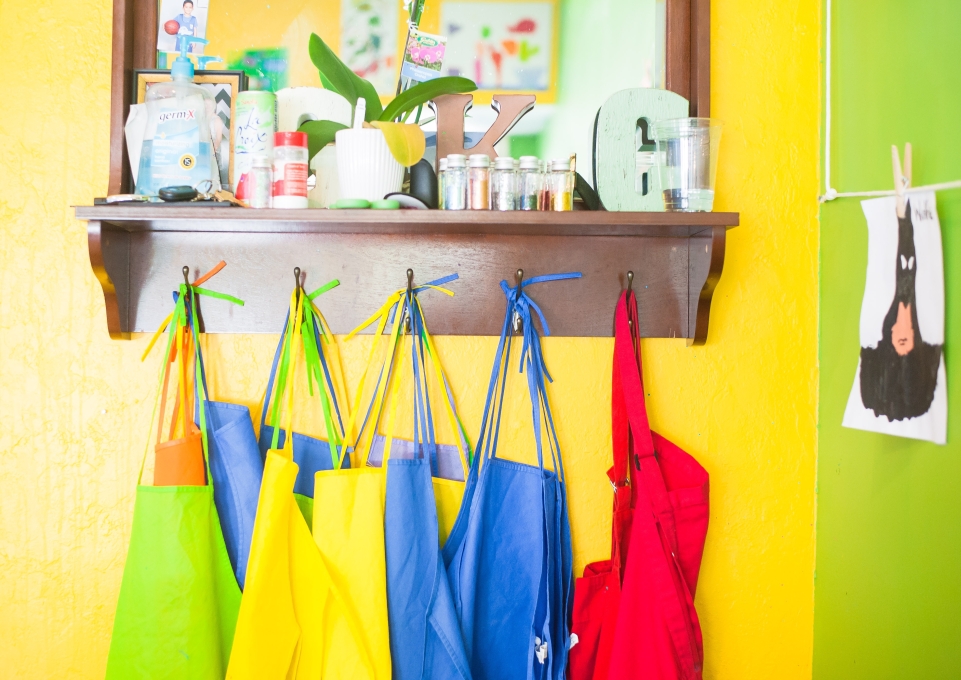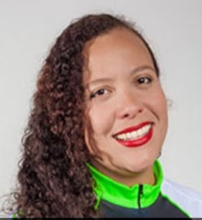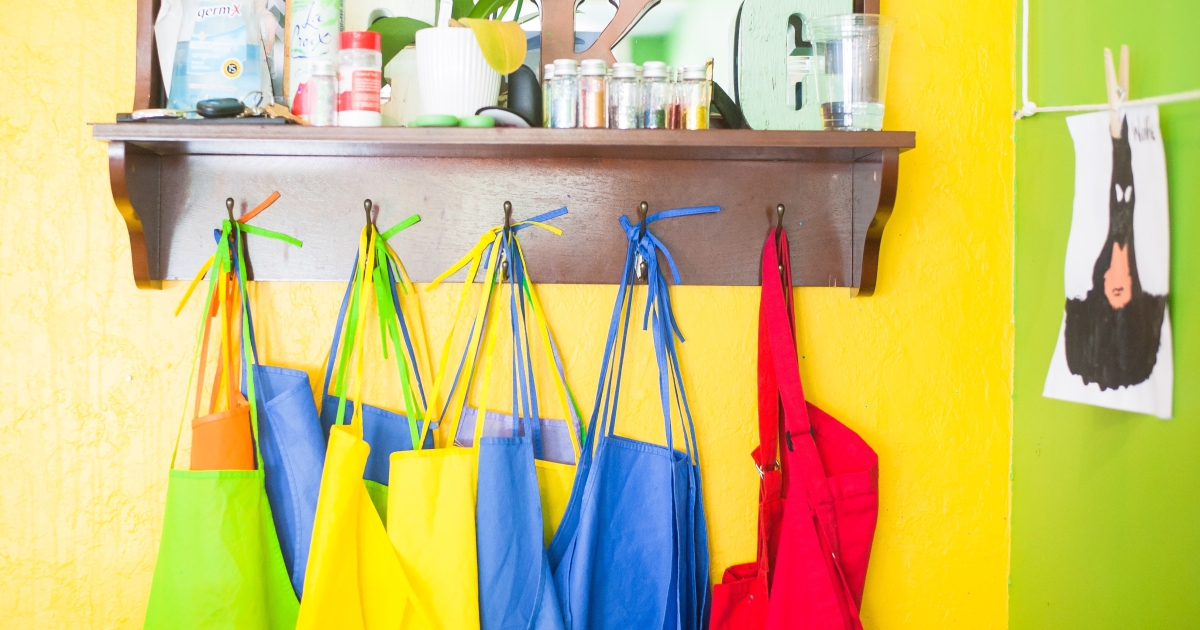
Decades ago, students with disabilities were educated in separate classrooms—and sometimes separate institutions—from their peers. That began to change in the 1970s, when Section 504 of the 1973 Rehabilitation Act was put into place. Section 504 requires schools to provide students with disabilities the necessary accommodations and modifications to participate equally and without discrimination.
In 1990, the Individuals with Disabilities Education Act (IDEA) was passed. IDEA stipulates that schools must provide services and more inclusive environments for students with disabilities in elementary through high school.
Over time, more and more classrooms began integrating students with disabilities into classrooms with typically developing children, often referred to as “immersion classrooms.” We talked with Raquel Schmidt, associate professor and chair of Buffalo State’s Exceptional Education Department, about inclusive classrooms and how schools can better accommodate students with disabilities.

Name: Raquel J. Schmidt, ’94, ’96
Title: Associate Professor and Chair of Exceptional Education
Schmidt earned a Ph.D. in special education with a focus on urban education from the University at Buffalo, and a master of science in bilingual special education and a bachelor of science in exceptional education from Buffalo State. Her research focuses on behavior management, mindfulness, social emotional learning, and teaching strategies that are effective for inclusive settings. Before joining the Buffalo State faculty full time in fall 2001, Schmidt worked as a special education teacher in the Buffalo and Sweet Home school districts and as a teacher assistant at Migrant Head Start in Fredonia, New York.
What was your experience working as a special education teacher in the public schools?
While I was working on my master’s degree, I taught in a self-contained special education classroom in a Buffalo magnet school. All of the 15 students in my class were classified with either a behavioral disorder or a learning disability with significant behavioral challenges.
They were with me all day for all subjects. I had the opportunity to be very creative in planning lessons and activities because these students would not respond to the traditional “sit in your seat and listen to the teacher” type of lessons. My graduate school adviser at Buffalo State donated a Mac SE computer to the classroom, which was very cutting edge at the time. I conducted a study on self-monitoring of behaviors, which is a form of cognitive behavior management. Students kept track of their positive and negative behaviors throughout the day and would enter that data into the computer to make a spreadsheet. Computers were relatively novel at that time, and having computer time was a great motivator to increase positive behaviors. They liked seeing the upward trend of positive behaviors, which meant they were working toward earning prizes. By the conclusion of the study, every single student significantly improved their behavior. As an educator, that transformation was incredibly rewarding.
I then taught as a “consultant teacher” at Sweet Home High School, on a team with general ed teachers and 100 students, 20 of whom were classified with disabilities. The superintendent at the time wanted to see “seamless teaching,” which meant anyone could look into a classroom and not be able to determine who was the gen ed teacher and who was the special ed teacher, because there was authentic co-teaching occurring. I experienced this with the English teacher, who was brand-new and finding her footing. We worked as peers; however, the social studies teacher, a very popular veteran, clearly did not want me in her classroom. After several months, we became friends, and I learned that she felt very self-conscious when I was in her class, which is why she ignored me. Despite how poorly she treated me, I learned more from her about teacher attitudes toward inclusion than any other teacher I’d worked with. I am still grateful for that experience to this day.
“Even though a student may struggle academically, every child has the ability to excel at something. It’s our job as educators to be talent scouts and find a child’s area of potential excellence.”
How did you develop an interest in inclusion in particular?
During the summer between my junior and senior years of high school, I got a job at BOCES as a teaching assistant in a classroom with students with severe disabilities. I fell in love with those kids, and I knew I wanted to go into this field.
It’s been exciting to bear witness to how much special education has changed in the 30 years of my career. I think many of the stigmas of having a disability have been removed. Gen Z is the most accepting of differences and diverse learners than any other generation in history. Inclusion is about learning how to get along despite our differences, and ranking individuals based on perceived intelligence is less of a status factor. Advocacy and federal laws against discrimination have been a key factor in the integration of individuals with disabilities in schools and in society. Accessibility is another.
More people than ever who have disabilities are working as doctors, lawyers, teachers, and accountants. I try to impress this upon my students—even though a student may struggle academically, every child has the ability to excel at something. It’s our job as educators to be talent scouts and find a child’s area of potential excellence.
How is the special education landscape changing in New York State?
In late September, the New York Board of Regents voted to return to all-ages students with disabilities certification, largely driven by teacher shortages. When I started studying exceptional education at Buffalo State, special education certification was grades K–12, and covered all categories of disability. Ten years later, when certification changed to the developmental bands, we pivoted our programs to align with those changes, which are more pedagogically sound. Teachers of students with disabilities, as well as the students themselves, are incredibly tough and resilient. They’ve learned how to advocate and succeed despite the many barriers they typically encounter in day-to-day life.
I think inclusion in its various iterations will persevere no matter what changes are made at the federal and state levels. I think students without disabilities want to be in more inclusive settings, as they have a better awareness of the detrimental effects of segregation and exclusionary practices. They are part of our country’s history. But I like to think we teach children to be better, do better. Making the world a better place for future generations is the soul of the teaching profession.



